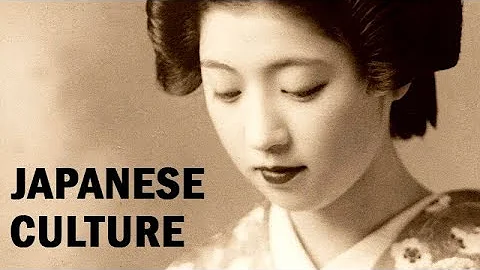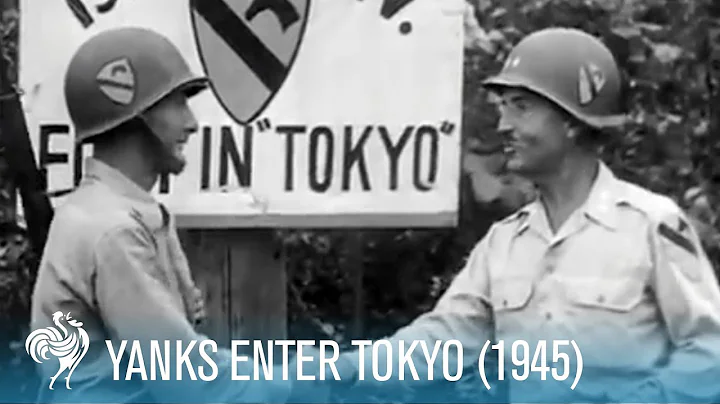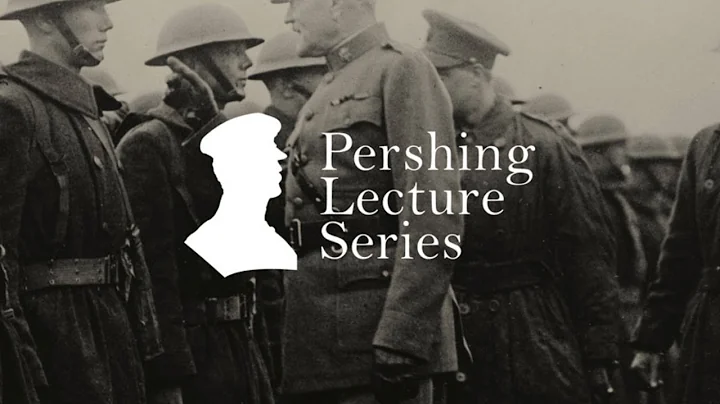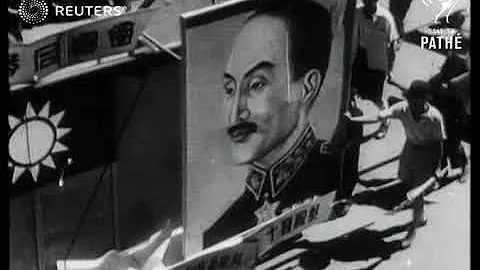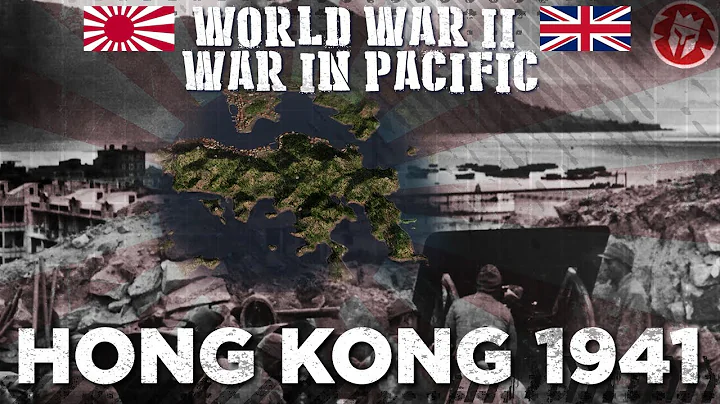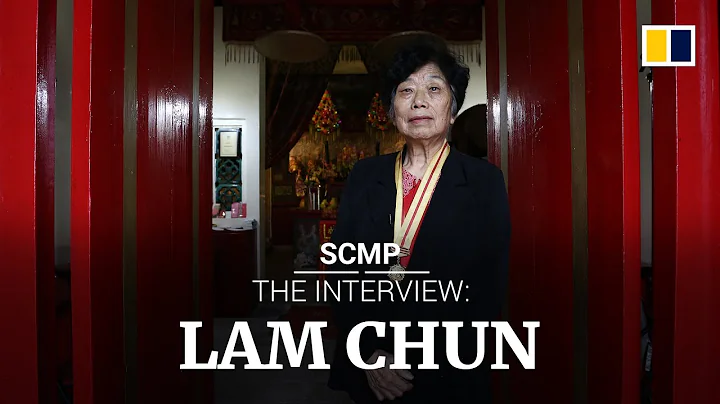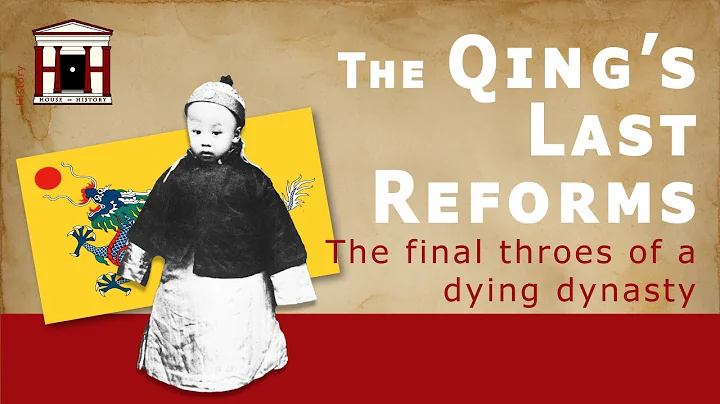On September 3, 2005, the Customs and Work Committee of Wangqing County, Jilin Province erected an Anti-Japanese Martyr Monument for a Japanese soldier during the Second World War at the County Martyrs Cemetery to commemorate his achievements in the Anti-Japanese War.
He is Sukeo Ida, a Japanese Kwantung Army soldier.
What contributions did this Japanese Kwantung Army soldier make that led to a monument being erected in his honor many years later?
After hearing his deeds, everyone will know that he is a martyr worthy of respect.

The Japanese Kwantung Army is no stranger to us. It was the culprit behind the "Huanggutun Incident" that killed Zhang Zuolin, and was also the culprit behind the "September 18th" Incident.
Many notorious Japanese generals who invaded China served in Japan's Kwantung Army. For example, Japanese war criminal and commander-in-chief of the Chinese Expeditionary Forces at the end of the Anti-Japanese War, Okamura Neiji , served on August 8, 1932~ On December 10, 1934, he was appointed deputy chief of staff of the Kwantung Army, as well as Ishihara Kanji, Tojo Hideki, Itagaki Seishiro, Doihara Kenji and others who planned the "September 18th Incident" , all served in the Japanese Kwantung Army.
Among the old Japanese armies, the Japanese Kwantung Army had the strongest combat effectiveness and the best equipment. It was known as the "Flower of the Japanese Army". At its peak, the Kwantung Army had 31 infantry divisions, 11 infantry and tank brigades, 1 death squad brigade and 2 aviation corps, with a total of about 1.2 million people.
During the fourteen years of the War of Resistance, the Japanese Kwantung Army not only served as an urgent vanguard, but also attempted to gain a foothold in Northeast my country. It was an important armed force of the Japanese invaders.
However, there were also peace-loving anti-war people within the Japanese Kwantung Army. Their strength was very meager. Although they could not prevent fascist foreign aggression, they also used their own strength to contribute to the victory of the anti-fascist war .
As for the protagonist we are introducing today, Sukeo Ida, not only did he not sacrifice his life for the Japanese Kwantung Army, he also actively joined the anti-war ranks, which is respectable.

Picture | The former site of the Japanese Kwantung Army Headquarters
The incident can be traced back to the early spring of 1933. In Dalishugou, Wangqing County, Jilin Province, Zhou Baozhong (one of the main founders of the Northeast Anti-Japanese Allied Forces) led the "Anti-Japanese National Salvation Guerrilla Army" in Dalishugou, Wangqing County, Jilin Province. Majiatun fought a fierce battle with the 1st Brigade of Biegang Village of the Japanese Kwantung Army. During a break in the battle, while collecting ammunition from the enemy's dead, our soldiers unexpectedly found themselves by the Gaya River (Gaya River means "Gaya River" in Manchu). It is the "Pearl River", originating from Laosongling, converging with the Hailan River and flowing into the Tumen River). In a hidden pine forest, a Japanese military vehicle loaded with bullets and with a damaged engine was found along the river. The body of a Japanese soldier was found, and a note written in Japanese was also found on the body of the Japanese soldier. After translation, everyone present was in awe of the Japanese soldier.
This note read:
Dear Chinese guerrilla comrades:
I saw the propaganda materials you scattered in the ravine and knew that you are the guerrillas of the Communist Party. You are patriots and internationalists. I really want to meet you and defeat the common enemy together; but I am surrounded by fascist beasts and have no other way out. I decided to commit suicide. I will give the 100,000 rounds of ammunition I brought to your army. It is hidden in the pine forest in the north. Please aim and shoot at the Japanese fascist army. Although I am dead, the revolutionary spirit will live on forever. I wish the sacred cause of communism an early success!
Kwantung Army, Japan's Baggage Troop, Communist Party Member, Sukeo Ida

It can be seen from Sukeo Ida's suicide note that he was a member of the Japanese Communist Party and an anti-war person.
On the Qingming Festival in 1933, the Anti-Japanese Guerrilla Army and the people of Majiatun buried the body of Sukeo Ita together with the Anti-Japanese Guerrilla Army martyrs who died in this battle, and solemnly memorialized him in front of the tomb. At the
meeting, it was proposed to change the name of Majiatun Primary School to "Yida Elementary School". The name of "Yida Zukenan" was also spread to the Communist International conference.

The "Ita Sukeo Incident" made the upper echelons of the Japanese Kwantung Army extremely angry. As a result, the first major general of Biegang Village was dismissed. All Japanese officers and soldiers of the first brigade of Biegang Village were concentrated on "ideological training" and were soon deactivated.
During World War II, there were not a few anti-war people like Sukeo Ita in the Japanese army, but the anti-war people did not form a unified organization at first. But by 1939, the situation was much better.
On November 7, 1939, Kazuo Sugimoto, a captured Japanese soldier, was influenced by our military's policies. He felt deeply that he had sinned deeply and was determined to resist the atrocities of Japanese fascism. He established the North China Japan Foundation in Matian Town, Liao County, Shanxi Province (now Zuoquan County). Soldier Awakening Alliance. This organization mainly influenced the Japanese soldiers who invaded China to lay down their weapons and devote themselves to justice.
The organization gradually grew in size after evolving from the North China Japanese Soldiers Awakening Alliance, the Japanese Anti-War Alliance in China, Japanese People's Liberation League. By August 1945, it had developed and established 2 local councils and 4 There are regional conferences, 20 branches, and more than 1,000 members.
The main work of the "Japanese Anti-War Alliance in China" is to publicize the injustice of the Japanese invasion of China and the disaster it has brought to their individuals and families.
The work of the anti-war alliance was also extremely effective. For example, in the late autumn of 1943, anti-war alliance member Ishida Xiong went to the stronghold of Wendeng County, Shandong Province to speak out. When the enemy was about to shoot, Ishida Yuo slowly sang a Japanese folk song with a beautiful and sad tenor:
"The moon is still brighter in the middle of the night, and the cold light shines slantingly into the window. My husband who is looking forward to my wife and children in a remote foreign country!" Very lonely and sad..."
The song blew into the bunker with the wind, and the Japanese soldiers felt homesick and war-weary, and their combat effectiveness dropped instantly. The Japanese soldier who was later captured said to Ishida Yuo: "You sing too sadly, we It's very uncomfortable."
There is also a Japanese female soldier of the Eighth Route Army Hara Kiyoshi . She is also a member of the Anti-War Alliance. Her job is to broadcast Japanese to the Japanese army, mainly reporting on the war in the Pacific and the lives of the Japanese in Yan'an situation and the situation in the border area, refuted the Japanese army's deceptive propaganda, etc. Because of his beautiful voice and sincere emotions, he became the most popular announcer among the Japanese army, disintegrating the Japanese army's stubborn resistance and contributing to the victory of the Anti-Japanese War.

Many Japanese people in the "Anti-War Alliance" also paid their precious lives for this. For example, Hiroshi Konno, the head of the Shandong Central Branch, was a soldier of the Japanese invaders. After being captured, he joined the "Anti-War Alliance" and often talked with me The armed workers team went deep into enemy-occupied areas to carry out work.
In the spring of 1945, he was arrested in the Futong area of Rizhao County. Faced with severe torture by the enemy, his former comrades, he was brave and unyielding. Facing the Japanese officers who interrogated him, Konno Hiroshi shouted:
"As long as I don't die, I will still return." Go to the Eighth Route Army."
In the end, he was killed by the Japanese invaders, but until he was killed, he did not give out any information about our army and our army's family members. He lived in more than 10 "relative households" during his activities with the armed workers team. No family was exposed and harmed, and no one in the relationship with the enemy and puppet troops that he took over was exposed and implicated.
These anti-war Japanese people are all respectable people. They fought side by side with us and made great contributions to the victory of the anti-fascist war with their own strength and even their own lives.
As our great leader said:
"The Chinese people and the Japanese people are the same. There is only one enemy, which is Japanese militarism and China's national scum.


